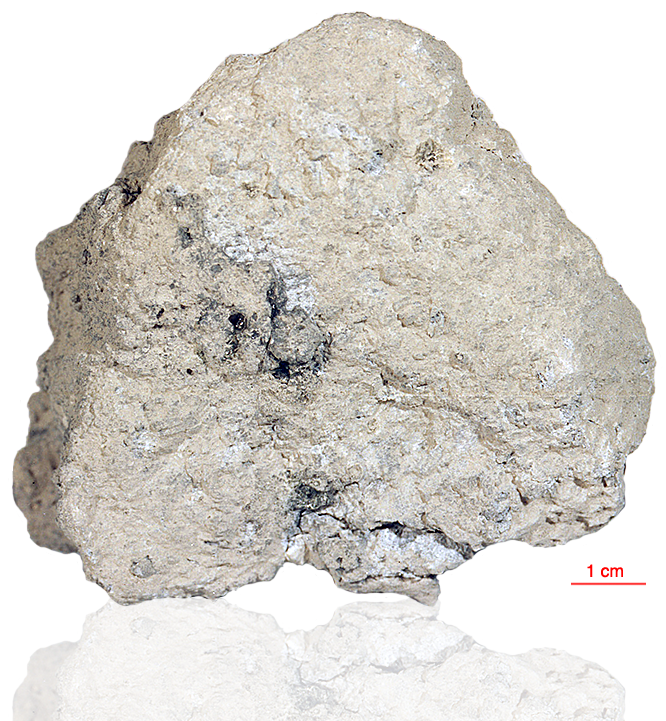
Fact sheet
67435 is a dark-matrix breccia containing clasts that appear to be of the anorthosite-norite-troctolite clan (ANT) including two clasts containing pleonaste spinel. The fine-grained matrix is feldspathic, porous, friable and fractured. The groundmass encloses numerous grey aphanitic clasts and rare white (ANT) clasts. The dark aphanitic clasts have a poikilitic texture indicating that they are impact melt breccias. Troilite is the most obvious species in reflected light.
The sample weighed 353 grams before analysis. Clasts span an age range of 3.82-4.42 billion years (Ar/Ar).
Further details of this and other Apollo samples are here: http://curator.jsc.nasa.gov/lunar/
The Apollo 16 landing site was in the hilly region around Descartes crater in the lunar highlands. The landing spot was chosen to allow the astronauts to gather geologically older lunar material (Descartes Formation and the Cayley Formation) than the samples obtained in the first four landings, which were in or near lunar maria.
The mission lasted 11.1 days, with a stay on the lunar surface of 71 hours. The crew were on the lunar surface for 20.2 hours during which they traversed approximately 27 kilometers and collected approximately 96 kilograms of samples.
Apollo 16 was launched on 16 April 1972.






